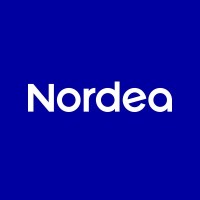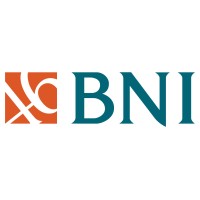Company Cyber Security Posture
NANA
NA Company Details
NA
NA
NA
NA
NA
NA
Scan still pending
NA
NA
Between 200 and 800
This score is AI-generated and less favored by cyber insurers, who prefer the TPRM score.
 NA Global Score
NA Global Score.png)

Company Scoring based on AI Models
| Model Name | Date | Description | Current Score Difference | Score |
|---|---|---|---|---|
| AVERAGE-Industry | 03-12-2025 | This score represents the average cybersecurity rating of companies already scanned within the same industry. It provides a benchmark to compare an individual company's security posture against its industry peers. | N/A | Between 200 and 800 |
Company Cyber Security News & History
| Entity | Type | Severity | Impact | Seen | Url ID | Details | View |
|---|
Company Subsidiaries

NA
Access Data Using Our API

Get company history
.png)
NA Cyber Security News
Rubik expands in Asia with Bank Alfalah
Pakistan's Bank Alfalah will implement Australia-based Rubik Financial's collections platform, CWX. Rubik is joining forces with long-time banking partner ...
Iran foils cyber-attacks on central bank, domestic messaging apps
PM Imran Khan was removed by the ZioNazis and no one there listened amd read the warning signs and everyday in Pakistan you hear Pakistan ...
Outstanding banking and finance industry champions crowned at Asian Banking & Finance Awards 2024
This prestigious awards programme is renowned as the most prestigious gathering of senior banking executives from all over Asia, recognising the ...
NBP hit by outages in cyber attack
KARACHI: National Bank of Pakistan on Saturday said it was responding with urgency to a cyber attack on its services that failed to steal ...

NA Similar Companies

ING
ING is a pioneer in digital banking and on the forefront as one of the most innovative banks in the world. As ING, we have a clear purpose that represents our conviction of people’s potential. We don’t judge, coach, or tell people how to live their lives. However big or small, modest or grand, we em

Nordea
We are a universal bank with a 200-year history of supporting and growing the Nordic economies – enabling dreams and aspirations for a greater good. Every day, we work to support our customers’ financial development, delivering best-in-class omnichannel customer experiences and driving sustainable c

National Bank of Egypt (NBE)
Since its inception in 1898 with a capital of GBP1 million, NBE has been regarded as one of the oldest and most respected commercial banks in Egypt.Never isolated from national issues or concerns, NBE has been the primary supporter of Egypt’s national economy by financing the major Egyptian national

PT. BANK NEGARA INDONESIA (Persero) Tbk.
Since its establishment in 1946, BNI has been part of the dynamic of national development in Indonesia. Now BNI has grown and developed into a solid national bank with a sustainable financial performance. ‘Serving the Country, Pride of the Nation”, BNI continues to increase its contribution for the

Akbank
Akbank was founded as a local bank in Adana in January 1948. Established originally with the core objective to provide funding to local cotton producers, the Bank opened its first branch in the Sirkeci district of Istanbul on July 14, 1950. In 1954, after relocating its Head Office to Istanbul, the

Allied Bank Limited
Allied Bank is one of Pakistan's leading banks, with a vision to become a dynamic and efficient institution providing integrated solutions, aiming to be the first choice for customers. Currently, the bank maintains a country-wide network of over 1,400 branches and more than 1,560 ATMs. To protect y

Frequently Asked Questions
Explore insights on cybersecurity incidents, risk posture, and Rankiteo's assessments.
NA CyberSecurity History Information
How many cyber incidents has NA faced?
Total Incidents: According to Rankiteo, NA has faced 0 incidents in the past.
What types of cybersecurity incidents have occurred at NA?
Incident Types: The types of cybersecurity incidents that have occurred include .
Additional Questions
What Do We Measure?
















Every week, Rankiteo analyzes billions of signals to give organizations a sharper, faster view of emerging risks. With deeper, more actionable intelligence at their fingertips, security teams can outpace threat actors, respond instantly to Zero-Day attacks, and dramatically shrink their risk exposure window.
These are some of the factors we use to calculate the overall score:
Identify exposed access points, detect misconfigured SSL certificates, and uncover vulnerabilities across the network infrastructure.
Gain visibility into the software components used within an organization to detect vulnerabilities, manage risk, and ensure supply chain security.
Monitor and manage all IT assets and their configurations to ensure accurate, real-time visibility across the company's technology environment.
Leverage real-time insights on active threats, malware campaigns, and emerging vulnerabilities to proactively defend against evolving cyberattacks.




